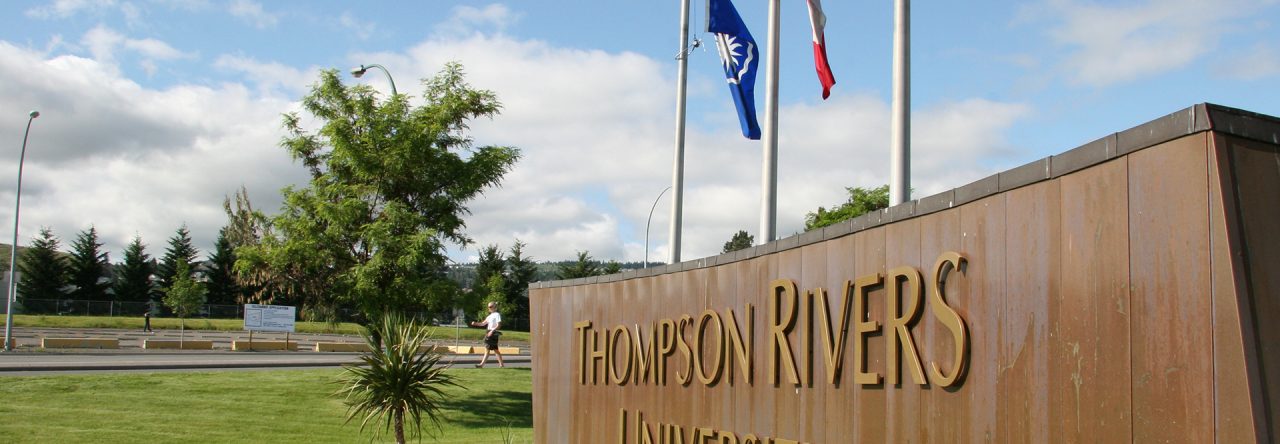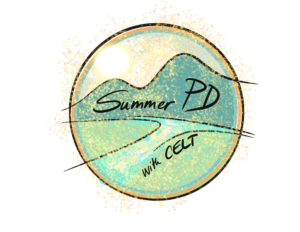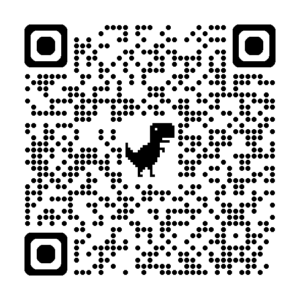By Jessica Allingham, Chemistry
Let’s be honest: grading is often the most dreaded part of our job, and students don’t exactly love the process, either. What if there were a way to make it better for everyone? This past year, I embarked on a journey to find a better way, implementing a specifications grading and token-based system in my third-year Organic Chemistry Laboratory (CHEM 3240). The experience has been accompanied by a significant learning curve, and I’m here to share what I’ve discovered, both the triumphs and the challenges.
Embracing a New System
Specifications grading is a form of achievement-focused learning that emphasizes meeting clear, measurable learning outcomes. Instead of partial credit, assignments are graded as either “Achieved” or “Not Yet Achieved.” This approach, as described by Linda Nilson (2014), aims to restore rigour and prevent grade inflation. When a student receives a “Not Yet Achieved ” grade, they have the opportunity to resubmit their work using a token. They are also permitted to use tokens for a 72-hour extension on an assessment, no questions asked. This token-based system is designed to promote motivation and give students a sense of control over their academic journey.
For my course, students needed to meet about 80% of the criteria on a checklist to achieve a completed grade on an assessment. The checklists made the expectations for each assignment easy to understand and fulfill, a feature the students appreciated.
Overcoming Challenges and Discovering Benefits
Implementing a new grading system is never without its hurdles. One of the initial challenges I faced was finding an effective way to manage the tokens and setting up the grading on our learning platform, Moodle. For this, I would highly recommend reaching out to the fantastic Learning Technology team we have here at TRU. I was also concerned about students taking advantage of the system. Despite these worries, the benefits quickly became apparent.
The system offers incredible flexibility, which is crucial because life happens. The clear alignment of assessments with learning outcomes made it easier for me to mark with checklists and allowed students to understand why they were doing each assessment. More importantly, the system is formative, allowing students to learn from their mistakes without being penalized.
The feedback from my students has been overwhelmingly positive. They reported that the ability to revise assignments using tokens significantly reduced their stress. The system also empowered them with more control over their learning and performance.
Best Practices and Looking Ahead
The way I have implemented specifications grading is just one of many ways to go about it. It’s a matter of finding what works best for you and your students, and my hope is that my experience provides a starting point for your own exploration. With that in mind, here are a few suggestions from my journey to help ensure a smooth and successful implementation:
- Be Clear from the Start: Clearly explain the expectations for specifications grading and the token system in your course outline. This is a crucial step to avoid confusion.
- Empower Students: Think about implementing a lab contract with your students to give them a voice in the rules and guidelines of the system. This can give them even more autonomy over their learning.
- Give Grace: Be patient with yourself and your students as you both navigate this new way of grading. There is a learning curve, but you will all get through it together.
I’m excited to continue using this grading method in the upcoming semester and encourage my colleagues to explore alternative grading systems. It’s a powerful way to promote deep learning, reduce student anxiety, and put the focus back on true mastery of course material.
Here is an excerpt from a student about the grading system:
“I loved that it essentially provided a checklist for each graded assignment. This made the expectations for each assignment easy to understand and easy to fulfill”.
If you have any questions or are interested in discussing this further, please feel free to reach out to me at jallingham@tru.ca. Let’s start a conversation about how we can transform the grading landscape at TRU!
References:
Nilson, L. B. (2014). Specifications Grading: Restoring Rigor, Motivating Students, and Saving Faculty Time. Stylus Publishing.
Suggested Resources to Learn More:
Books and Articles:
- Nilson, L. B. (2014). Specifications Grading: Restoring Rigor, Motivating Students, and Saving Faculty Time. Stylus Publishing. This is the seminal work on the topic and is highly recommended as a starting point. It provides a comprehensive overview of the method, including its history, how to implement it, and case studies.
- Boud, D., & Molloy, E. (2013). Rethinking models of feedback for learning: The challenge of design. Assessment & Evaluation in Higher Education, 38(6), 698-712. While not exclusively about specifications grading, this article discusses the importance of formative feedback, which is a key component of the specs grading approach.
- Harris, L. M., & Simons, M. (2018). Equity and assessment in the specifications grading model. Assessment in Education, 25(4), 460-477. This article explores the equity implications of specifications grading.
- Guskey, T. R. (2009). Classroom assessment and grading that work. ASCD. This book provides a broader context for effective grading practices, many of which align with the principles of specs grading.
- Smith, J., Guimond, F.-A., & St-Amand, J., et al. (2022). “Keep calm and earn more points”: What research says about token economy systems. Theory Into Practice, 61(4), 384–394.
- Wolery, M., Bailey, D., & Sugai, G. (1988). Essential features of token economy systems in classrooms.
Online Resources:
- Barnard Center for Engaged Pedagogy: This website has a helpful page on specifications grading with a good overview and steps to get started. https://cep.barnard.edu/specifications-grading
- University of Connecticut’s Center for Excellence in Teaching and Learning: They offer resources and a knowledge base article on specifications grading with examples and links to course syllabi. https://kb.ecampus.uconn.edu/2021/10/07/specifications-grading-a-method-for-improving-student-performance/
- University of Chicago’s Academic Technology Solutions: This article provides practical steps on how to implement specs grading within the Canvas Learning Management System. https://academictech.uchicago.edu/2025/07/28/specifications-grading-a-powerful-way-to-reflect-what-students-learn/
- The UCI Division of Teaching Excellence and Innovation: They have resources and a blog post that features a mini-seminar video and links to other resources. https://dtei.uci.edu/opportunities/faculty/specifications-grading/








